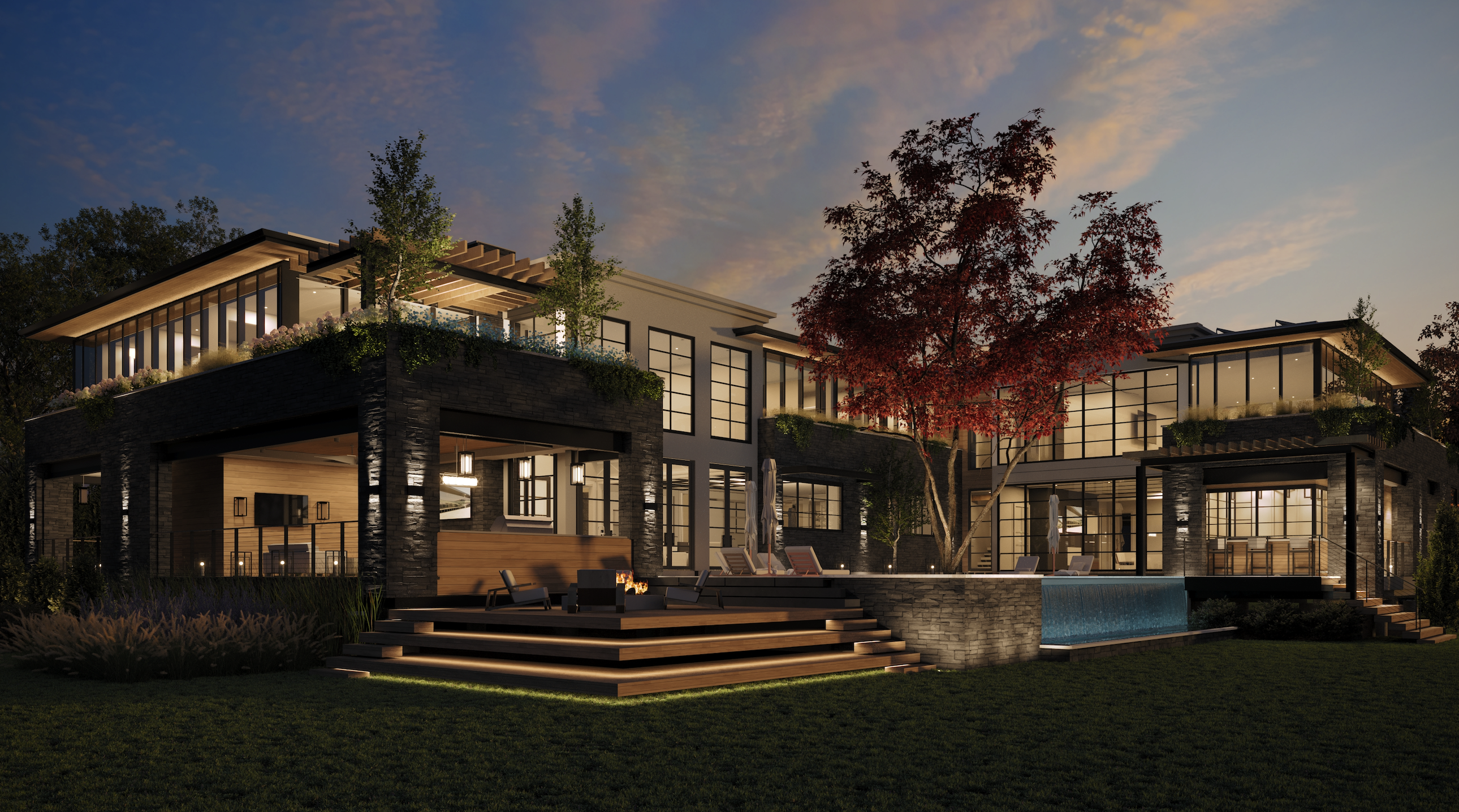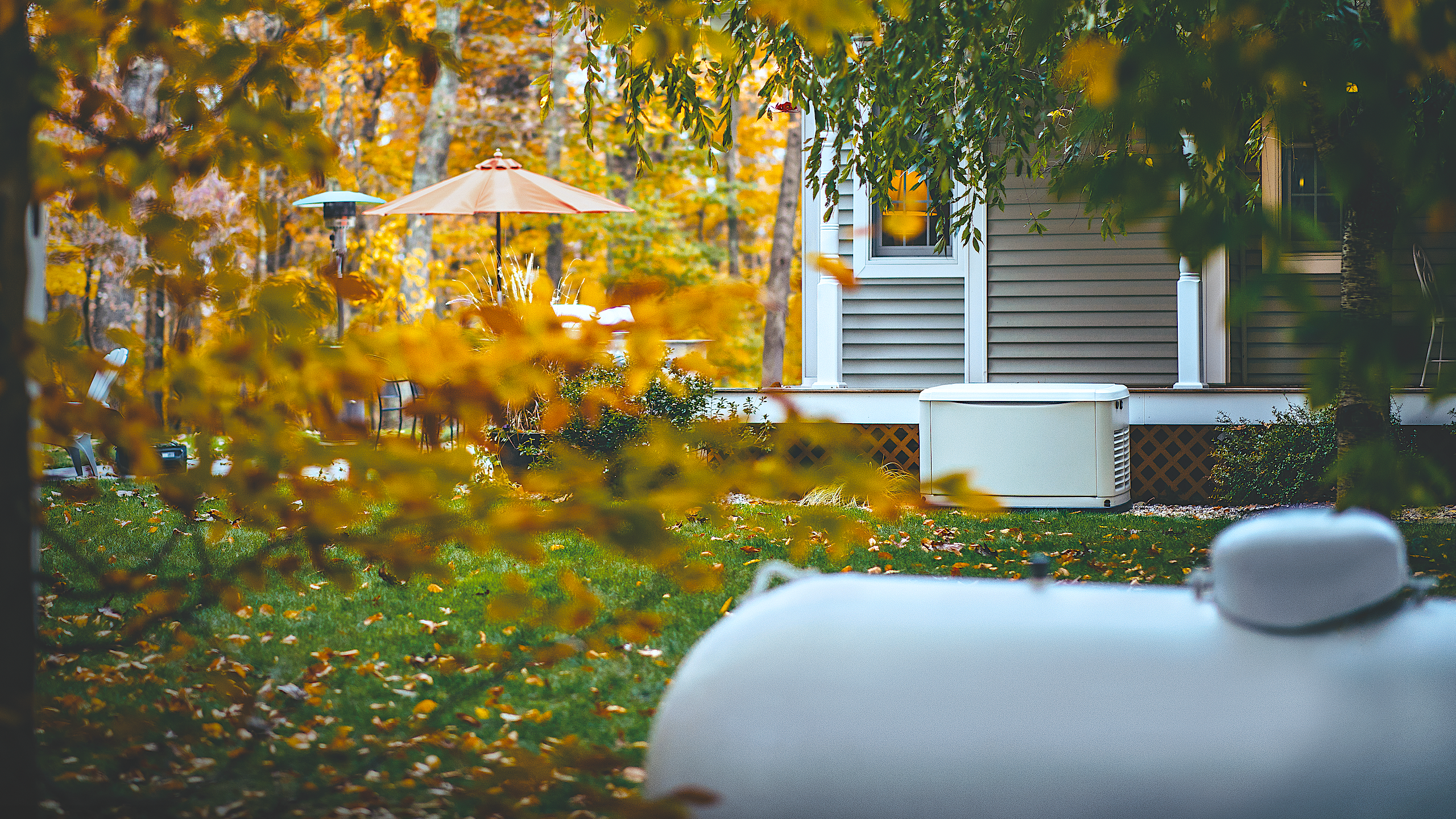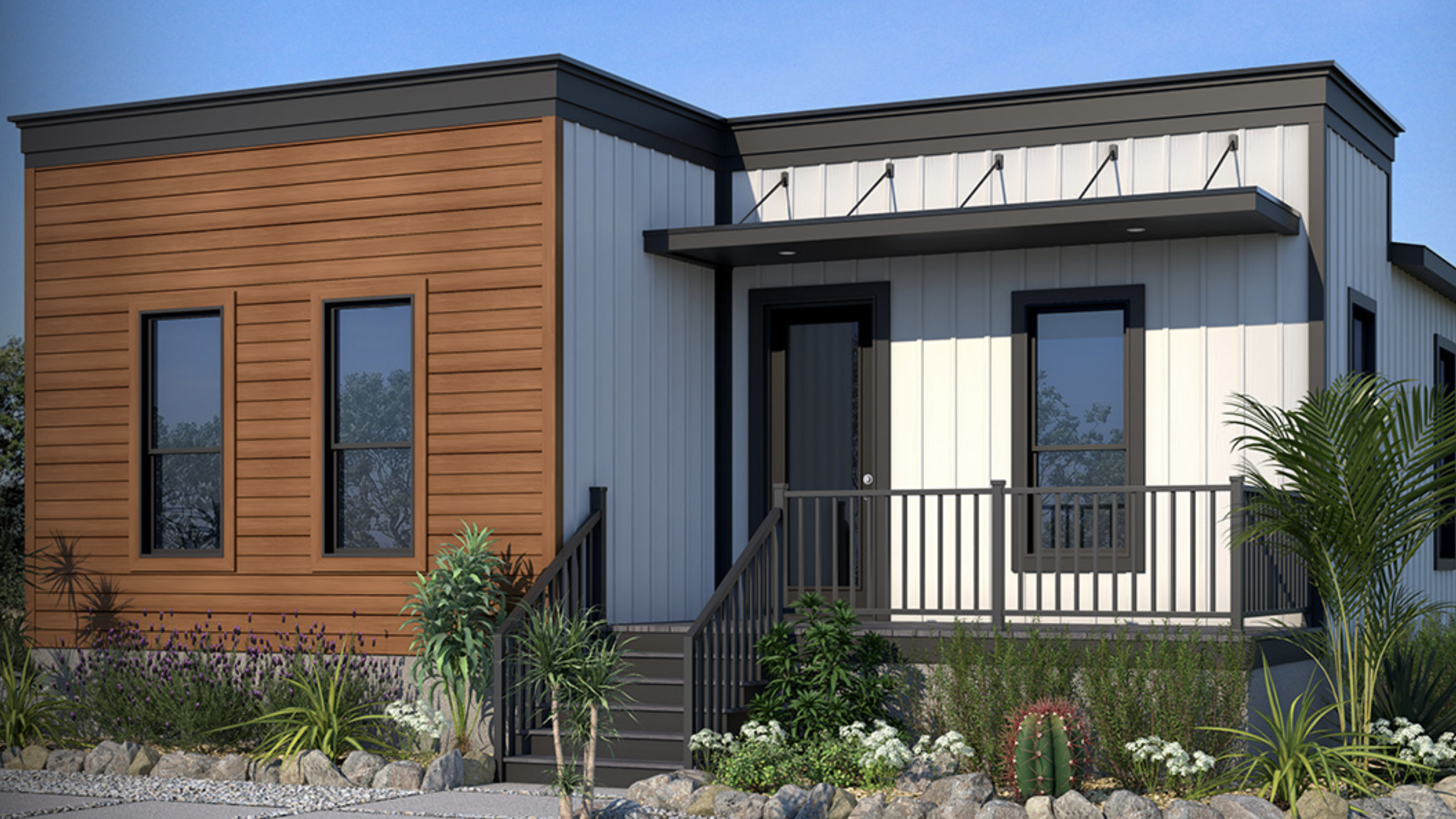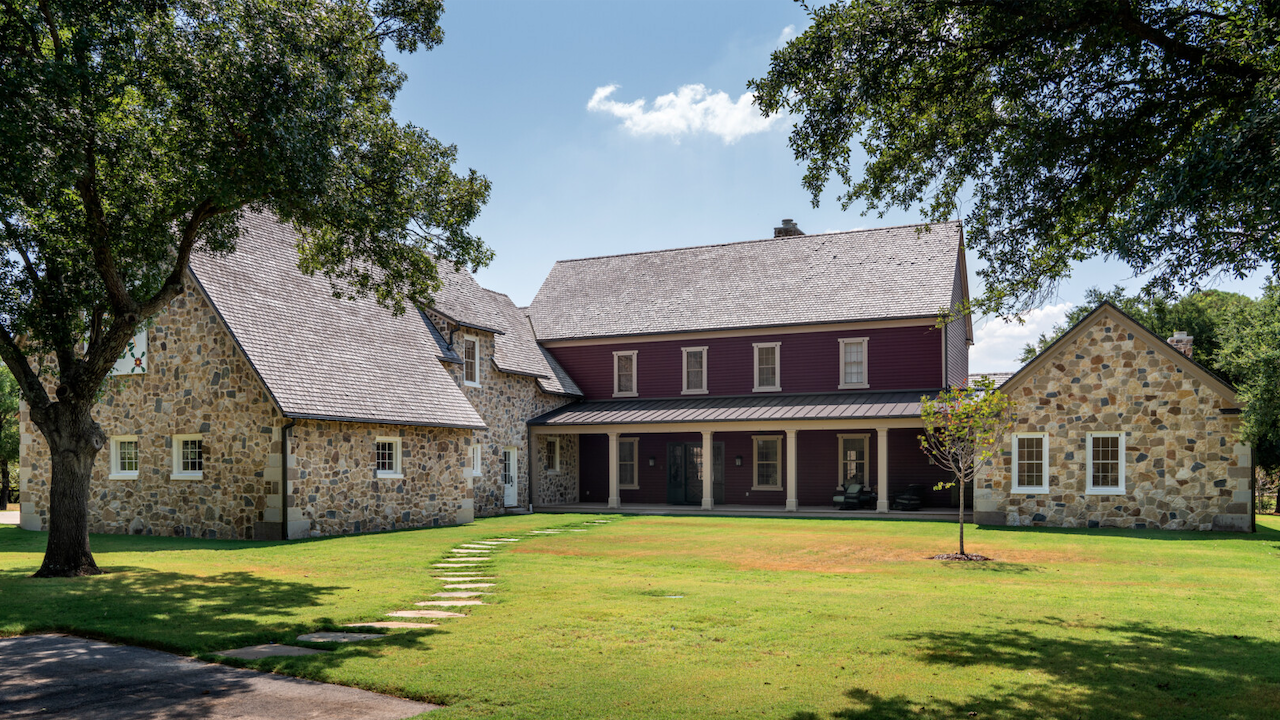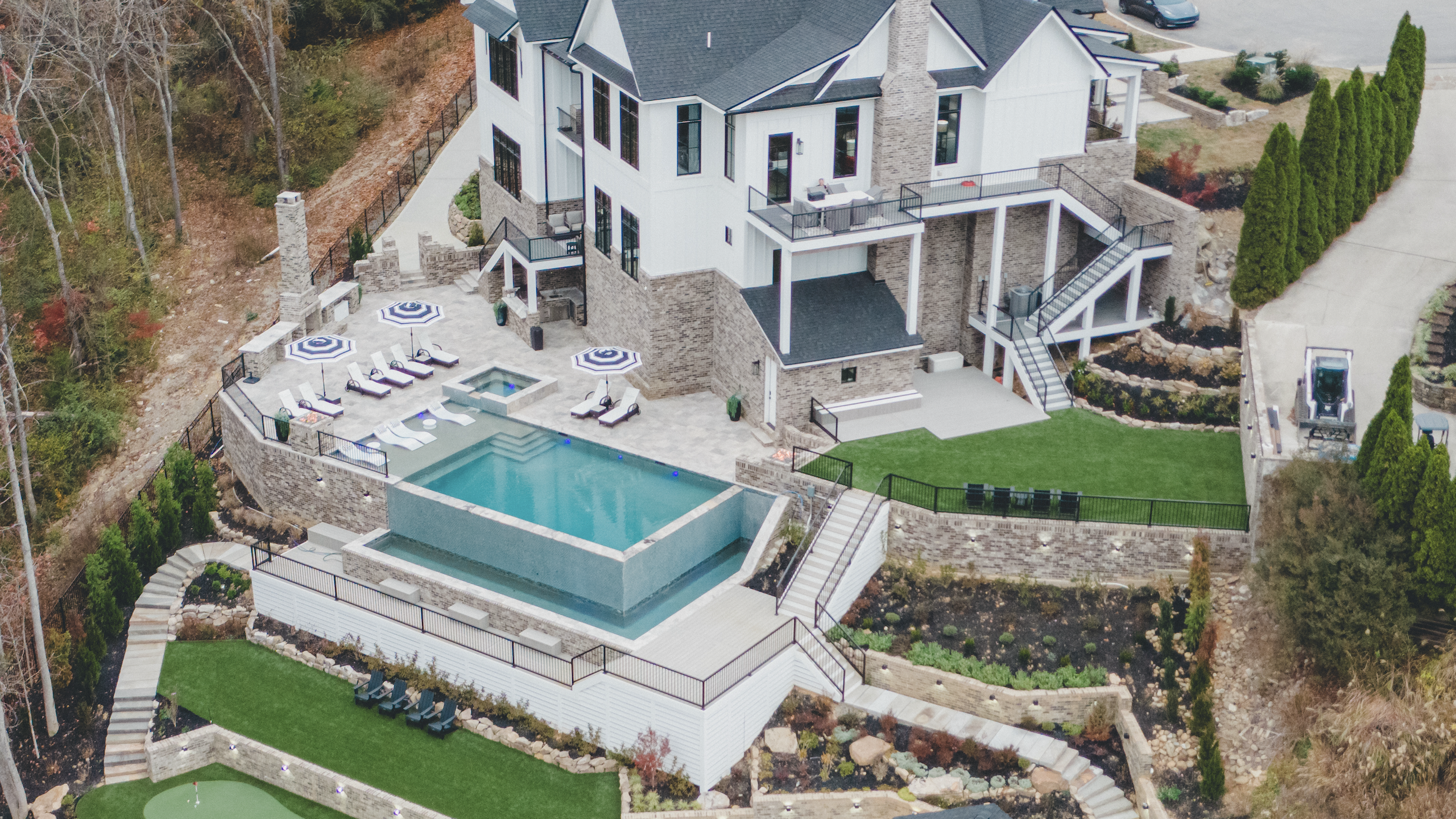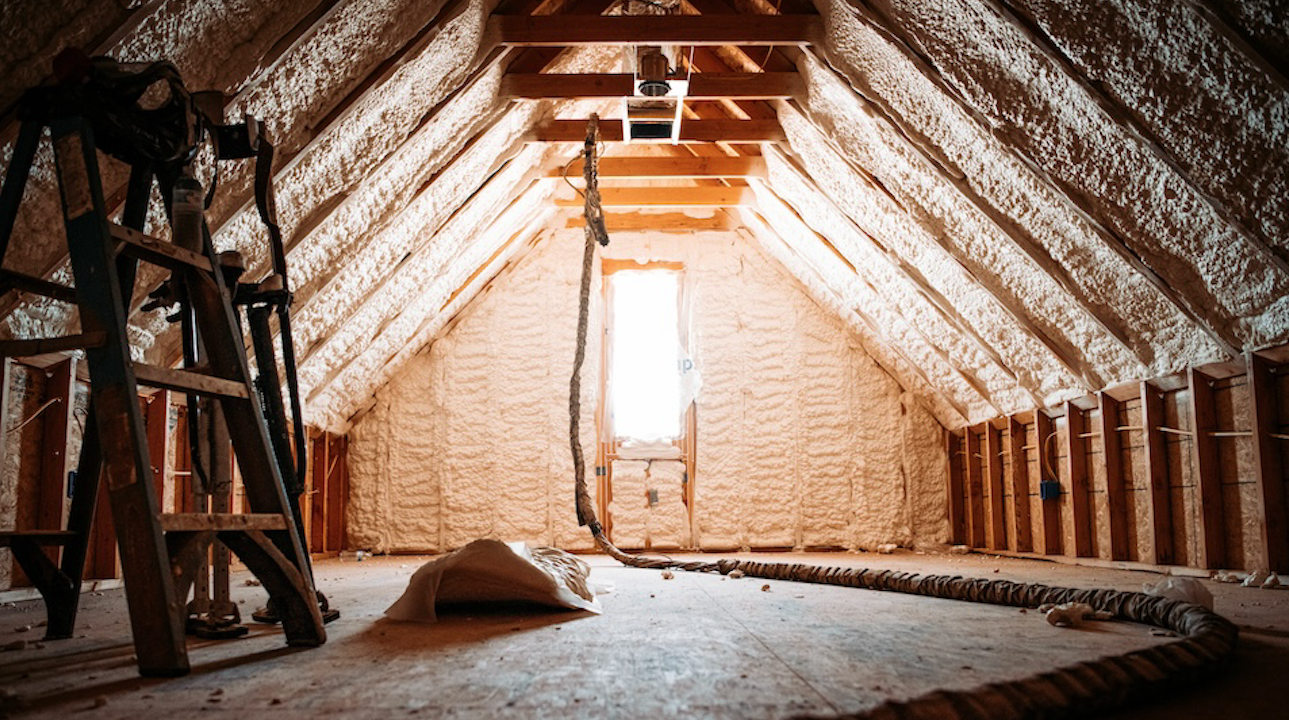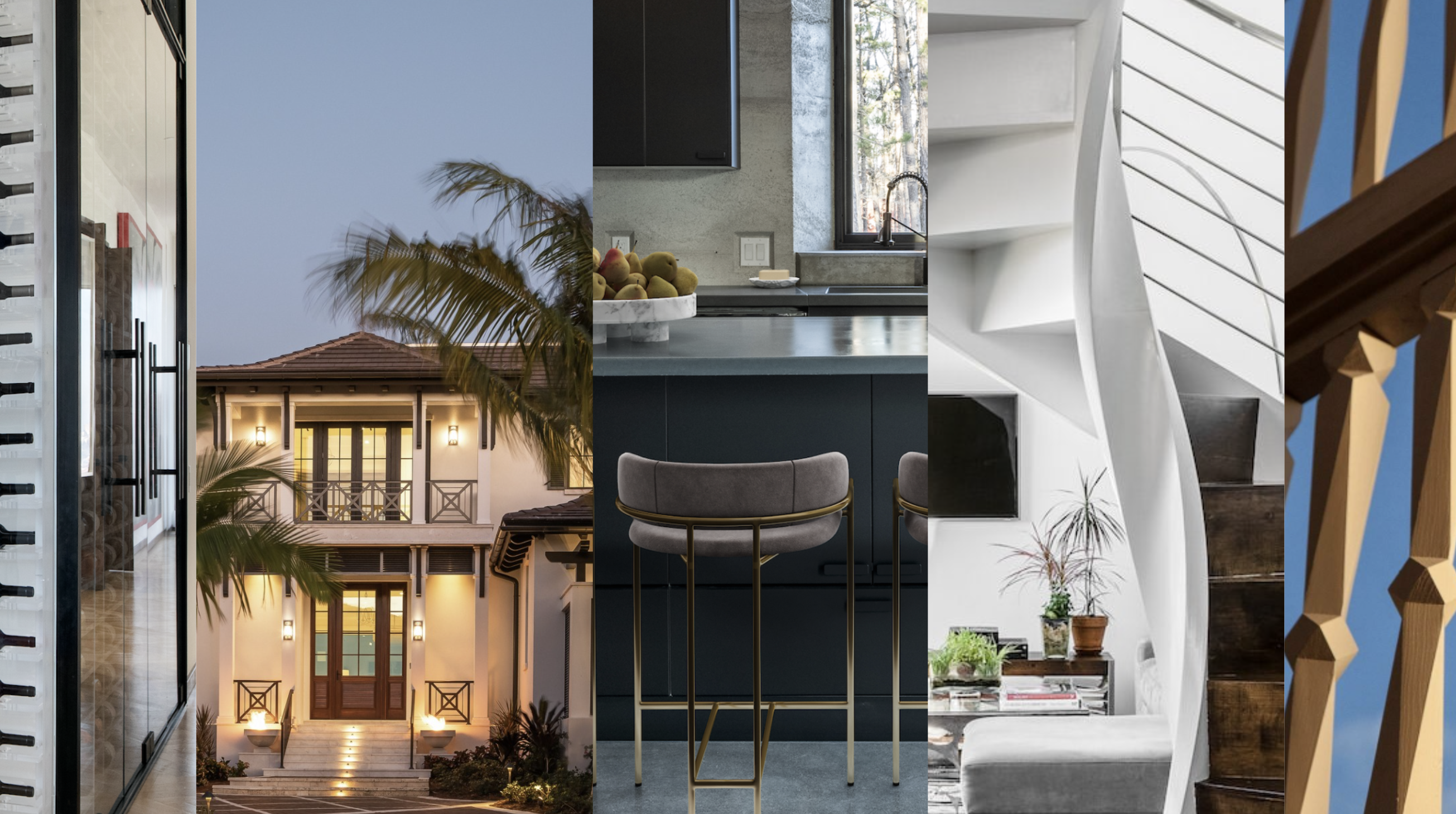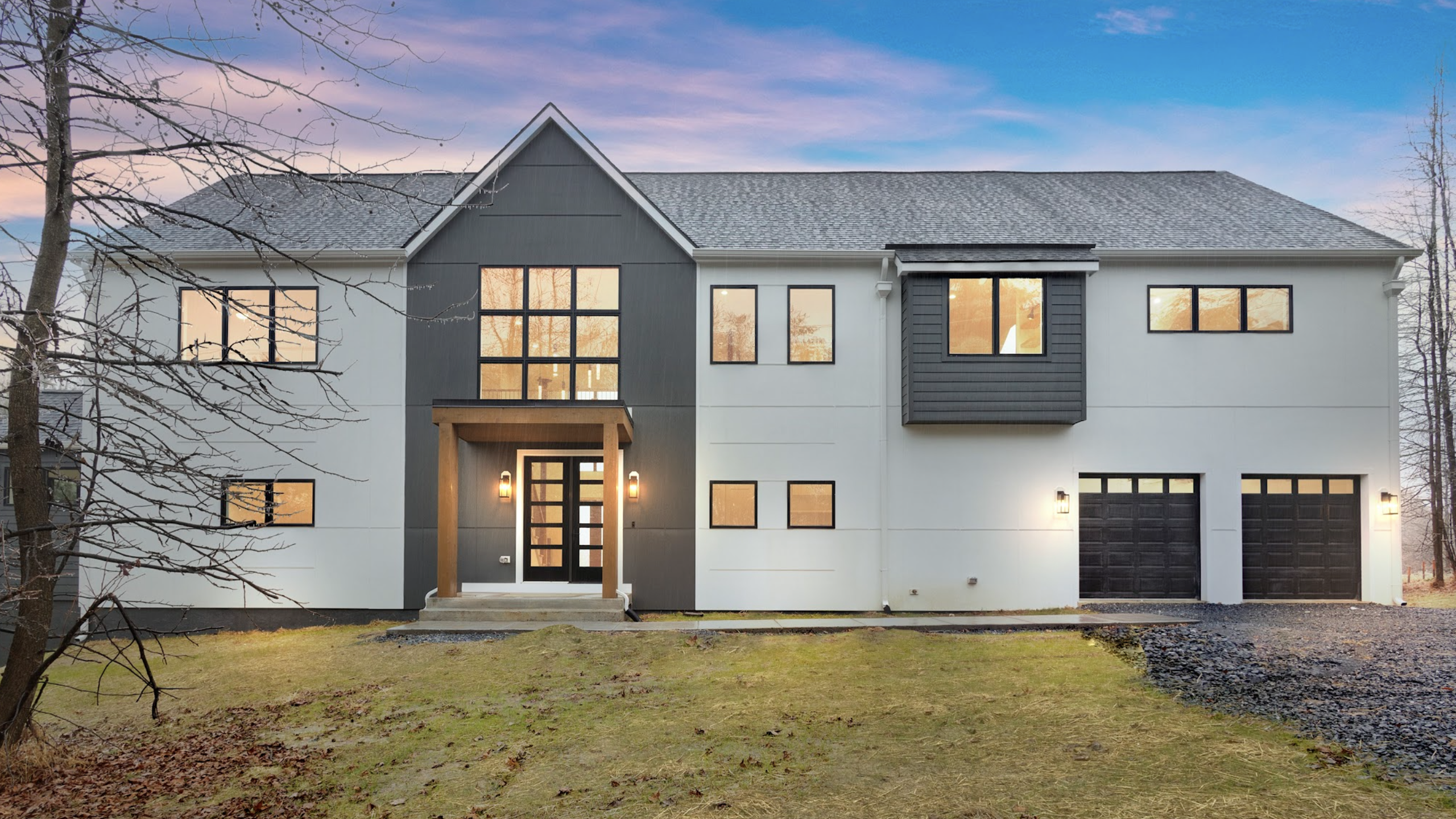|
Builder Scott Lowell brought a bit of his New England roots to the rolling hills of Southern Wisconsin's lake country with this bright and cheerful Cape Cod-inspired beauty designed to appeal to his market's demand for vacation homes customized for the empty-nester buyer.
The 3,204 square foot home is located in Geneva National, an upscale, 1,800-unit, mixed-use residential development oriented around three professional courses in Lake Geneva, Wis. The resort community, located northwest of the Chicago metro area has been ranked as one of the country's top 100 retirement destinations. "We really consider ourselves to be a Chicago-driven market," says Lowell, "because that's where the majority of our client base comes from."
|
|
"I specialize in building smaller, very high-end houses characterized by beautiful finishes and upscale amenities," he says. "For the most part, my clients are either empty nesters or retirees who are not necessarily looking for a lot of space in their second residence. But they do demand high quality. This is really challenging because it can be deceptively difficult to build a compact luxury house. I compare it to building a yacht. While the interior spaces may be more intimate they still demand exceptional attention to the details."
Originally designed as a spec project, this home was purchased by an eager retiree couple while still in its framing stage. It features an "upside-down" floor plan which provides its owners with the ability to confine their daily living space to a single floor as well as the option of entertaining informally or accommodating overnight guests on the walk-out lower level.
|
|
"The first thing that we look at when we sit down to develop a plan for a new home is how to make the most of the site and the views that it offers while taking into consideration the lifestyle requirements of the buyer," says Lowell's architectural department manager, Todd Cauffman. "The rest of the design for the house just naturally flows from that."
Because the program for this project was defined as a residence for a more mature, empty nester or retiree buyer, Cauffman used an inverted design which capitalized on the lot's natural slope by concentrating the essential spaces, including the master suite, study, kitchen and garage on the entry level.
"The homeowners never have to go downstairs at all if they don't want to," says Lowell.
When more room is needed, the home's lower floor augments the living space with a large recreation room that features a stone fireplace and wet bar, guest suites with full bathrooms and even a secret playroom tucked into the space behind the staircase. "A high ceiling, lots of glass and a light color palette used for the painted trim keeps it from feeling like a finished basement down here," says Cauffman.
Hidden rooms are an extra feature Lowell says he tries to incorporate into all of his homes. They can be used as wine cellars, offices, toy rooms or simply for storage. "We typically surprise our clients with this option during the design phase," he says. "It is a clever way to give a space that may otherwise be overlooked a whole new function. And people really react to it. They love it."
 The galley-style design of the kitchen was intended to shift the focus of the main floor living space to the adjoining great room with its spectacular outdoor views. |
The home's galley-style kitchen also reflects the vacation home character of this project, according to Cauffman. "This kitchen is unusual because it is more closed off from the great room than you would normally see these days. But that suits this market and how they plan to use the home. While they do cook and entertain, it may not be on the grand scale that they would in a full-time residence." Still, finishes and amenities must be top-of-the-line, including integrated panel appliances, high-end cabinetry and plenty of counter space, he says.
"With its amazing view potential, we wanted the great room, rather than the kitchen to be the focus of the living space in this home," says Cauffman. "The shape of the kitchen was actually driven by the design of the great room."
Cauffman says that his approach to designing a secondary home is different than it would be for a primary residence because, he says, the criteria are different. "For a vacation home we tend to concentrate more on increasing the functionality of the space rather than the size of the house itself. We may even cut back on storage, because that is an element that is just not as necessary anymore."
 The width of the wrap-around deck above the lower level recreation room's bay window narrows to keep the below-grade interior space bright and inviting. |
Resale value is also a very important consideration for the secondary home market, says Cauffman. "While we recognize that it is their home that we are designing, we also want to keep their best interests in mind and not over-customize it. We will give them our input as to whether or not we think that something is a good idea but ultimately they make the final decision."
Lowell's Design/Build Process
Backed by a knowledgeable staff with experience in all elements of residential construction, Lowell's firm handles nearly 90 percent of its projects from their initial design phase to completion, typically a 12-month process. "Only about 10 percent of our clients bring in their own architect," he says. "We pride ourselves on being able to offer them everything that they can find in the Chicago area." In fact, Lowell recently expanded his business ventures by opening Geneva Cabinet Co., a separate entity from his construction firm, that specializes in custom kitchen and bath design for both new construction and remodeling projects in the area.
Lowell's development process for a spec project begins by first creating a detailed profile of an imaginary client that fits his target market. "In this case," he says, "we were designing the home for a Midwestern couple whose children were grown and who now maintain their primary residence in Florida and only spend about four to five months out of the year back here."
For custom projects, says Cauffman, the procedure is to hold a preliminary meeting with the client asking them to come prepared with ideas, pictures, and a wish list for what they want in their new home. "We also have resources in our office that can help them make these types of decisions. Then we take them on a tour of completed homes and watch for their responses to what they see."
Lowell conducts weekly staff meetings for on-going projects and invites the client to participate on a bi-weekly basis. "We do this until all of the decisions have been made. We are different from a lot of builders because our fee is fixed at the start of a project. We maintain a totally open-book policy so that our client sees all costs, including all of our bids. The more involved they are willing to be, the easier our job is because a knowledgeable, informed client understands the whole process better and is aware of what influences costs."
Maintaining good customer relations is essential, says Lowell, even after a closing. In addition to offering his clients a complete warranty package, he also provides them with a year-long total home maintenance program including pest control, landscape maintenance and snow removal which they can opt to continue beyond that. "We recognize that we can generate lots of multiple builds from a single satisfied customer either from repeat business from them or from their positive referral."
Hurdles & Outcome"The three key factors that define any project include the level of the finishes, the total square footage and the budget," says Lowell. "Something's usually got to give and it is never the budget because that's typically fixed. We find out how much we can put into a house and still make the price point. We tell our clients that any money we can save them can be put into upgrading the rest of the finishes."
According to Lowell, the area's rolling terrain provides the perfect opportunity to boost square footage in a home without blowing the budget. "We try to build walkout lower levels whenever we can," says Lowell, "because it is a great way to increase living space and still save a lot of money."
Many clients are reluctant to consider a walk-out lower level because they don't want the space to look like a "finished" basement, he says. "We overcome that negative preconception by going with higher ceilings, typically 10-feet, high-end finishes and lots of windows." Lowell also uses 2 inches of insulation underneath and on top of the concrete slab to give the space a warmer feel.
In fact, Lowell insulates all the walls and floors in his homes, including the interior ones. "This adds a high level of perceived value to the house by making it feel much more solid. You can sense the difference as soon as you step inside."
The home was completed in July 2004.
| Author Information |
| Ann Matesi is a graduate of Marquette University's College of Journalism and has more than 20 years of writing experience for the residential construction publishing industry. |
|
Related Stories
Custom Builder
Floodproof on a Floodplain
An impressive addition to the IDEA Home series, the NEWLOOK Experience Home is a master class in engineering and creative design, with builder Michael Freiburger out-thinking an exceptionally tricky lot
Custom Builder
3 Questions Answered About Reliable Energy in Home Construction
Energy expert Bryan Cordill makes a case for why and how propane is an answer to growing concerns about reliability and resilience in home construction
Business
Custom Builder to Talk Color Design with Becki Owens at IBS
At this year's IBS, renowned designer Becki Owens will sit down with host James McClister, editor of Custom Builder, to discuss a variety of topics from basic color play in design to the Allura Spectrum palette, a collection of Sherwin-Williams colors curated for the benefit of pros
Business
PERC Highlights Sustainability and Efficiency at IBS with 'Clean Build Conversations'
Hear from industry standouts Matt Blashaw and Anthony Carrino at this hour-long Show Village event
Custom Builder
Telling a Story That Preserves the Past
Custom builder and historic restoration and preservation expert Brent Hull walks us through the careful details of his Pennsylvania Farmhouse project
Business
Defining Outdoor Living in 2024
Residential experts weigh in on outdoor living trends in new report
Construction
How to Air Seal the Garage
A poorly sealed wall or ceiling between the garage and the main house can let harmful fumes into the living space
Business
Taking Advantage of Incentives Through Weatherization
Industry insider Kristen Lewis walks us through the basics and benefits of weatherization
Custom Builder
2023: A Year of Case Studies
A look back at the custom homes and craftsman details we spotlighted last year
Customer Service
A Smart Home Built Smart
Custom builder August Homes blends efficient, high-tech home automation systems with high-performance, sustainable building strategies






